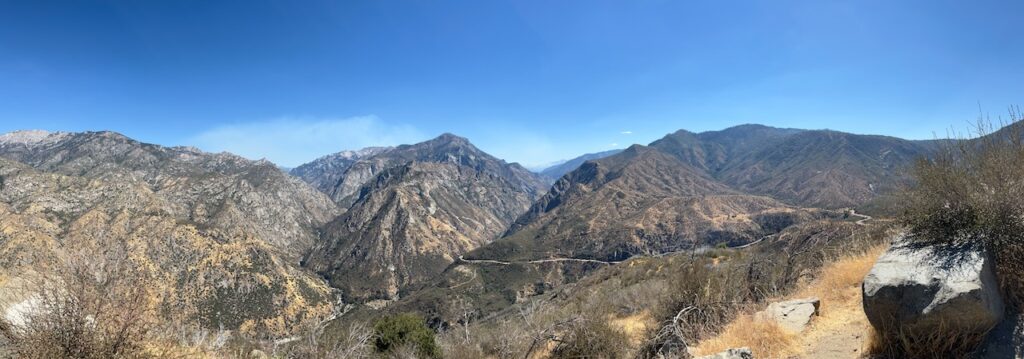
The question was asked about the difference between Buddha Nature and Dharma Nature in class on Lesson 28 concerning attainment. Although we thought the terms were sometimes used interchangeably, we did not have an adequate definition. Reba found the following through ChatGPT:
Buddha Nature (Tathāgatagarbha)
- Definition: The inherent potential for enlightenment present in all beings. It is often described as the seed, essence, or luminous nature of the mind that allows sentient beings to attain Buddhahood.
- Emphasis: It is associated with teachings that encourage practitioners to realize their innate potential for awakening.
- Perspective: Primarily emphasized in Mahāyāna Buddhism, particularly in the Tathāgatagarbha Sūtras and Yogācāra tradition.
- Function: Buddha Nature is sometimes metaphorically compared to a jewel covered in dirt—it is already pure but obscured by defilements.
Dharma Nature (Dharmatā)
- Definition: The ultimate nature of all things, often equated with emptiness (Śūnyatā) or suchness (Tathatā). It refers to the way things truly exist beyond conceptualization.
- Emphasis: It is a more universal concept that describes the true nature of reality itself rather than the specific potential for enlightenment in beings.
- Perspective: Found in both Mahāyāna and Theravāda traditions, appearing in Madhyamaka philosophy as the fundamental nature of all phenomena.
- Function: Dharma Nature is the unchanging truth of all things, beyond dualistic perception.
Comparison and Relationship
- Buddha Nature is often considered a more specific application of Dharma Nature, as it refers to the enlightened nature within sentient beings.
- Dharma Nature is the broader, universal reality, whereas Buddha Nature describes how sentient beings relate to that reality.
- In some interpretations, Buddha Nature is described as non-different from Dharma Nature, meaning that realizing Buddha Nature is realizing Dharma Nature.





🙏 Thank you, this is very useful!